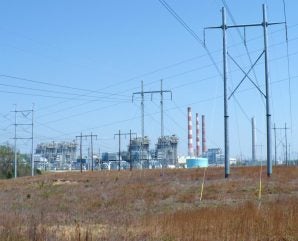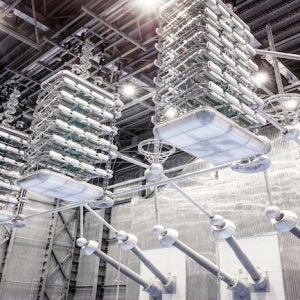
The US Department of Energy’s Office of Fossil Energy and Carbon Management has released the official findings of the GE Vernova-led front-end engineering design (FEED) study, “Retrofittable Advanced Combined-Cycle Integration for Flexible Decarbonised Generation.”
The DOE-funded study evaluated integrating the Alabama Power James M. Barry Unit 6 natural gas combined-cycle (NGCC) power plant with Linde’s Gen 2 carbon capture solution, capable of capturing up to 95% of the plant’s CO2 emissions, based on BASF’s OASE blue gas treatment technology.
The study was completed in collaboration with Southern Company, Linde, BASF, and Kiewit, and explored the benefits of close integration between a natural gas combined-cycle (NGCC) plant and a carbon capture system. It demonstrated that the integration of GE’s EGR (exhaust gas recirculation) system could lead to a reduction of more than 6% of the total cost of the carbon capture facility, compared to installing carbon capture without the EGR system.
GE Vernova measures and technologies explored in the study included the use of NGCC steam in the carbon capture system facility, potential gas turbine upgrades, installing NGCC and carbon capture control systems, and employing GE’s EGR system, which reintroduces part of the exhaust gas back into the gas turbine inlet. With additional gas turbine upgrades, the plant’s existing output could be maintained.
The study’s integrated approach helped reduce the size and costs of the carbon capture system by halving the number of absorber towers, improving the efficiency and flexibility of the plant, and potentially increasing its power output.
Results
The study is believed to be the first of its kind to explore EGR technology applied in a gas power carbon capture plant. It demonstrated that the effects of adding a carbon capture system to an NGCC power plant could be reduced through a series of integration measures, including the EGR system. GE Vernova has developed EGR systems during two decades, initially for nitrogen oxide (NOx) control and part-load efficiency benefits.
This study recognised the potential of an EGR system to deliver the following benefits as compared to a non-EGR system:
- Large reduction of carbon capture facility footprint and cost of absorber;
- Lower operating costs due to reduced amine degradation;
- Less energy-intensive separation owing to higher concentration of CO2 in flue gas directed to the carbon capture system;
- Greater steam turbine power output because of lower steam consumption.
GE believes its NGCC and carbon capture integration techniques can be applied across more than 1600 F-Class gas turbines worldwide, delivering approximately 300 GW daily.






